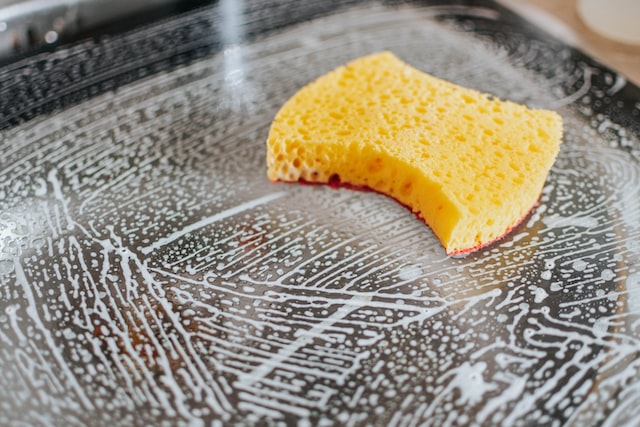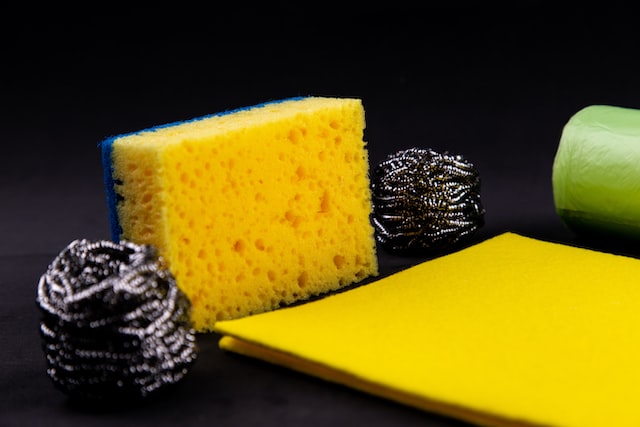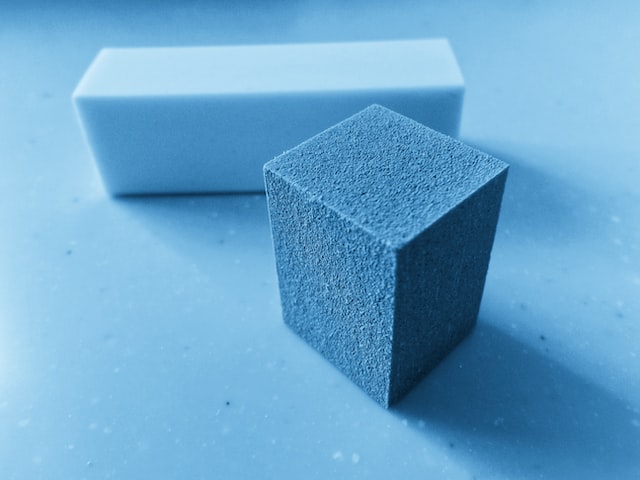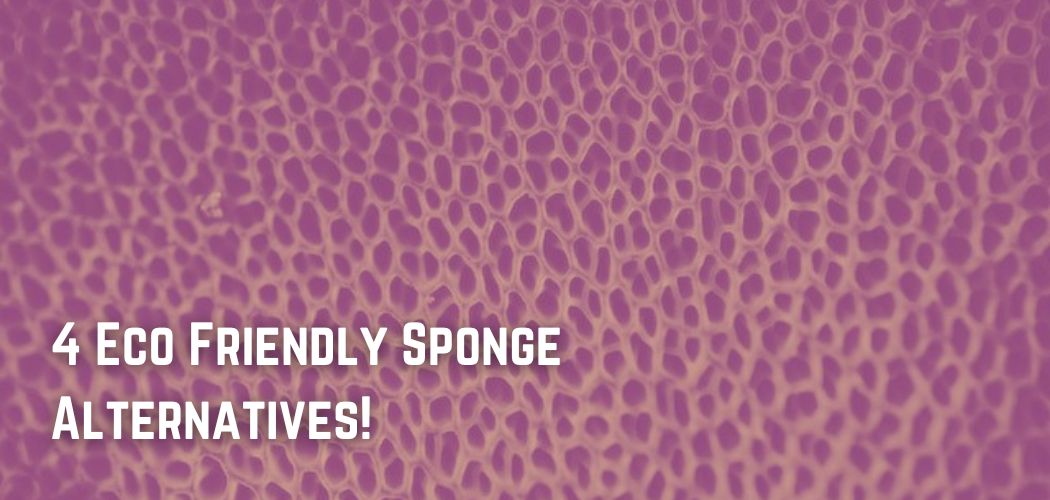Anyone who has used a disposable sponge to wash dishes or clean surfaces knows that they do not last very long (unless you “forget” to throw them away for months). Those who strive to live a zero-waste lifestyle should certainly avoid changing them frequently.
The majority of eco-friendly dishwashing tips focus on conserving water. But if you want your scrubbing to be even more environmentally friendly, you should switch to a zero-waste dish sponge.
Dishwashing by hand is an essential (and sometimes tiresome) aspect of life. It is my least favorite duty around the house.
However, You should take some pride in the knowledge that you are helping the environment by removing old food from your pots and pans.
Abandoning disposable dish sponges in favor of reusable alternatives is an easy step toward a zero-waste lifestyle.
Your kitchen sponge may not be the largest contributor to your household’s trash production or your total carbon footprint.
But small actions pile up, and today’s baby step might become tomorrow’s positive change avalanche.

These sponges are extremely inexpensive and are typically regarded as disposable. There are horrible stories about folks who use a single sponge every day to prevent the spread of germs.
They are unfortunately not biodegradable. We people cannot fathom how many synthetic sponges must reside in landfills or pollute the waters.
If you are that person (we all have our eco-weaknesses, so there’s no judgement here), fortunately there are so many biodegradable and environmentally friendly solutions available nowadays.
There are naturally antibacterial choices and even eco-friendly sponges for people who prefer an eco-friendly alternative to plastic sponges.
Reusable Dishcloths
Dish rags may not be the most technologically sophisticated substitute for kitchen sponges, but switching from sponges to washable and reusable dish rags is a fantastic method to cut waste.
Rags are substantially more durable than kitchen sponges and may be made from materials that would otherwise be discarded.
For instance, if you are trying to get rid of an old T-shirt, reusing it to scrub your dishes clean is a wonderful way to extend the life of your old garments. Repurpose your old towels and shirts as a kitchen cleaning cloth!
Wet-It! Swedish Dishcloths
Did you know that cellulose-based fabric has existed for centuries? In Sweden, the fabric has existed since the 1940s.
Dishcloths manufactured by Wet-It! can absorb more than 15 times their own weight. They are durable and long-lasting enough to replace sponges and paper towels.

Also, you can use bleach on them and clean them easily in the dishwasher or washing machine to get rid of germs. They are even microwaveable.
With regular washing, these dishcloths will last about six months. However, if you use fabric softener on them, they may wear out faster.
They are 100% biodegradable and will break down in less than two months in a compost pile. In a commercial landfill, they degrade in about four months.
Extraordinary Natural Eco-Friendly Sponge
This eco-friendly, family-owned firm manufactures organic kitchen goods with an environmental message.
Each zero-waste dish sponge from Ecordinary includes a loofah side for harsh, scratch-free washing and a cellulose side for gentler cleaning. They are held together by cotton thread, which makes them 100% plant-based and therefore 100% biodegradable.
Each package is wrapped in recycled paper to reduce the damage that the packaging does to the environment. In addition, no bleaching or other treatments are used in the production process.
Each eco-friendly dish sponge may last for months with proper care, especially if you soak them in hot water once per week.
Organic Sponges
Wood pulp, or cellulose, is used to make cellulose sponges. Because of their small holes and pores, these sponges can absorb liquids like water and detergent to clean dishes and other surfaces.
Even though they don’t soak up as much as regular synthetic sponges, they can be used to clean kitchen and bathroom surfaces, wash dishes, and soak up spills.

Since these sponges are made from natural materials, they will eventually break down and dissolve. If they don’t have any oils on them, they can be composted.
But some cellulose sponges may have parts that don’t break down, so check the product’s ingredients before you buy it.
Microplastics
Plastic is used to create the yellow and green sponges you’ve undoubtedly used your whole life. Every time you use that little sponge, you unintentionally wash small plastic particles into the ocean.
This is because water filtration systems are insufficient for removing these contaminants. The Chief Scientist for Ocean Conservation (George Leonard) thinks that there are 1,400,000,000,000,000,000,000 microfibers in the ocean.
The most scary thing is that the microfibers absorb dangerous chemicals, like pesticides, that are also in the water, making them very poisonous.
Harmful For The Environment
It’s not hard to see that plastic sponges are probably not the best choice for the environment. But depending on how they are made, even biodegradable or compostable sponges can be bad for the environment.
Most of the cheap and popular antibacterial and antifungal sponges on the market are made with triclosan. This chlorinated molecule can be classified as a pesticide and has the potential to harm ecosystems if exposed to flora and wildlife.

Several data points indicate that the chemical aids in the development of antibiotic resistance in microorganisms. Triclosan is not a green component, although it is used in several goods.
Triclosan is found in many cleaning products, like textiles and cosmetics, as well as kitchen sponges. Look for natural antibacterial components, such as lavender or tea tree oils, in your next kitchen sponge.
Conclusion
Since green-and-yellow kitchen sponges are made of plastic, it can take hundreds of years for them to break down. Even before they are discarded, they release microfibers into our rivers.
There are several biodegradable, natural alternatives to the plastic sponge in your kitchen. Sisal, which originates from the Mexican agave plant, and coconut fiber, the discarded portion of the coconut that would otherwise go to waste, are our favorites.




